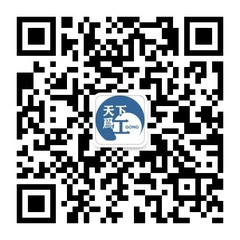Recently, a research team led by Assoc. Prof. Peng Chen and Prof. Yan-Qing Lu at the College of Engineering and Applied Sciences, Nanjing University, reported an interdisciplinary study relevant to soft matter photonics and high-dimensional light manipulation. This work is published in Nature Communications titled “Logical rotation of non-separable states via uniformly self-assembled chiral superstructures”【Nat. Commun.15, 1108 (2024)】.
High-dimensional structured light is widely used in fields such as high-capacity communication and optical information processing. Among them, the cylindrical vector beam (VB) is a type of structured light field with non-uniform distribution of linear polarization in the transverse plane. It can be described mathematically as a non-separable state of spin and orbital degrees of freedom (DoFs), akin to the two-particle entanglement in quantum systems. The classical structured light is expected to serve as an “affordable alternative” to quantum information systems, retaining certain advantages of quantum systems while avoiding challenges in stability, cost, and other aspects of optical quantum experiments. One important aspect is the migration of diverse quantum operations to the classical systems. Qubit rotation is a fundamental operation, however, its analogue in classical non-separable states is rarely studied.
Self-assembled chiral superstructures are wonders in nature. Among all, chiral liquid crystal (CLC) is well known as a high-efficient and easy-manufactured building block. CLC is characterized by the spin-selective photonic band gap (PBG). Collaborated with multiple stimuli responsiveness, CLCs have fueled remarkable advances in optics and photonics. Unfortunately, when the VB meets the PBG, the spatial separation of two orthogonal spin states will destruct the pivotal non-separability of the non-separable state, preventing its further applications in optical informatics.
Aimed at above issues, the research team turns to the vicinity of PBG (i.e., the region outside and near the PBG). They proposed a uniformly self-assembled chiral liquid crystal structure and revealed the properties of its photonic band. Using the incident angle as an extra degree of freedom, we dynamically controlled the logical rotation of vectorial non-separable states, with a tuning range over 4π. The classical counterparts of a series of quantum gates were performed, with the potential applications in angular motion tracking and logic networks.
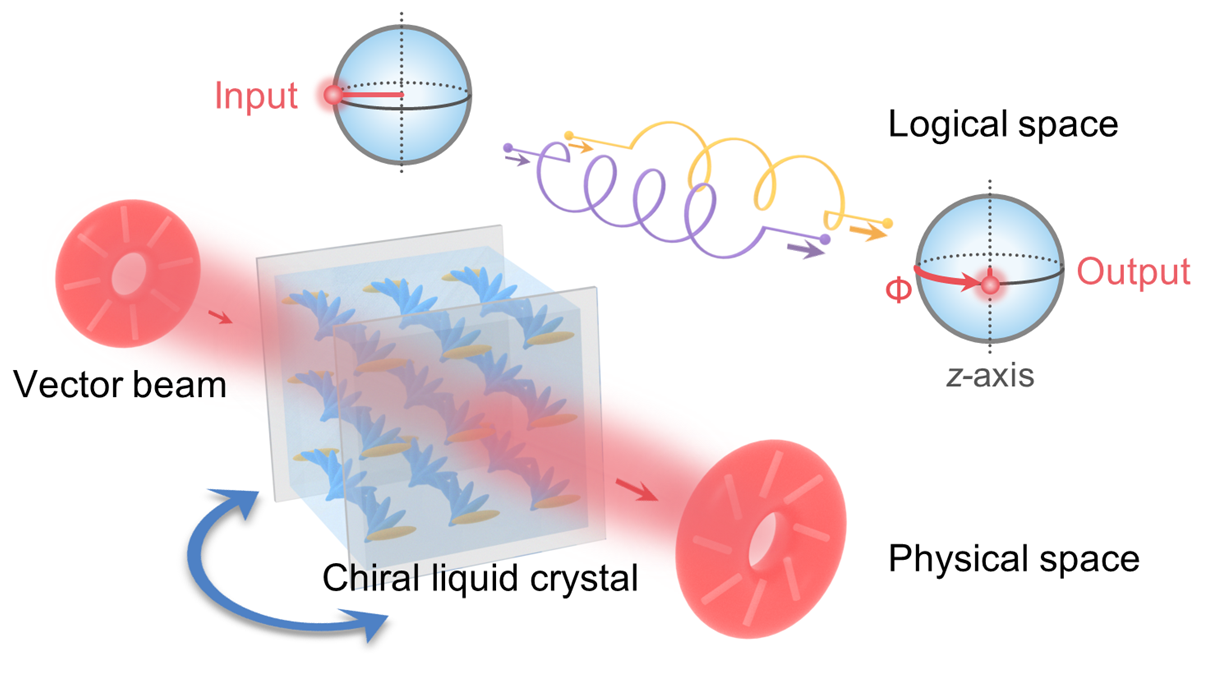
Fig. 1 Conceptual schemetic of logical rotation of non-separable states via uniform chiral superstructures.
As displayed in Fig. 1, the CLC device is mechanically rotated to form various incident angles, causing simultaneous rotation of local linear polarizations of the incident VB. In logical space (i.e., the higher-order Poincaré sphere), this physical process corresponds to a logical rotation Φ of the vectorial non-separable state around the z-axis. A competent device needs to maintain the non-separability between the spin and orbital DoFs, and easily control the logical rotation angle in a wide dynamic range. The research team investigated the broad photonic band of such 1D chiral photonic crystal, and finally selected the short-wavelength edge vicinity of the PBG as the operating band, whose physical properties are depicted in Fig. 2(a-c). Based on the theoretical results, the uniform CLC device was fabricated, whose micrograph is shown in Fig. 2(d). Spectrally resolved output polarization in Fig. 2(e) and the evolution trajectory on the Poincaré sphere in Fig. 2(f) show that the linear polarization rotation can be flexibly tuned by the incident angle.
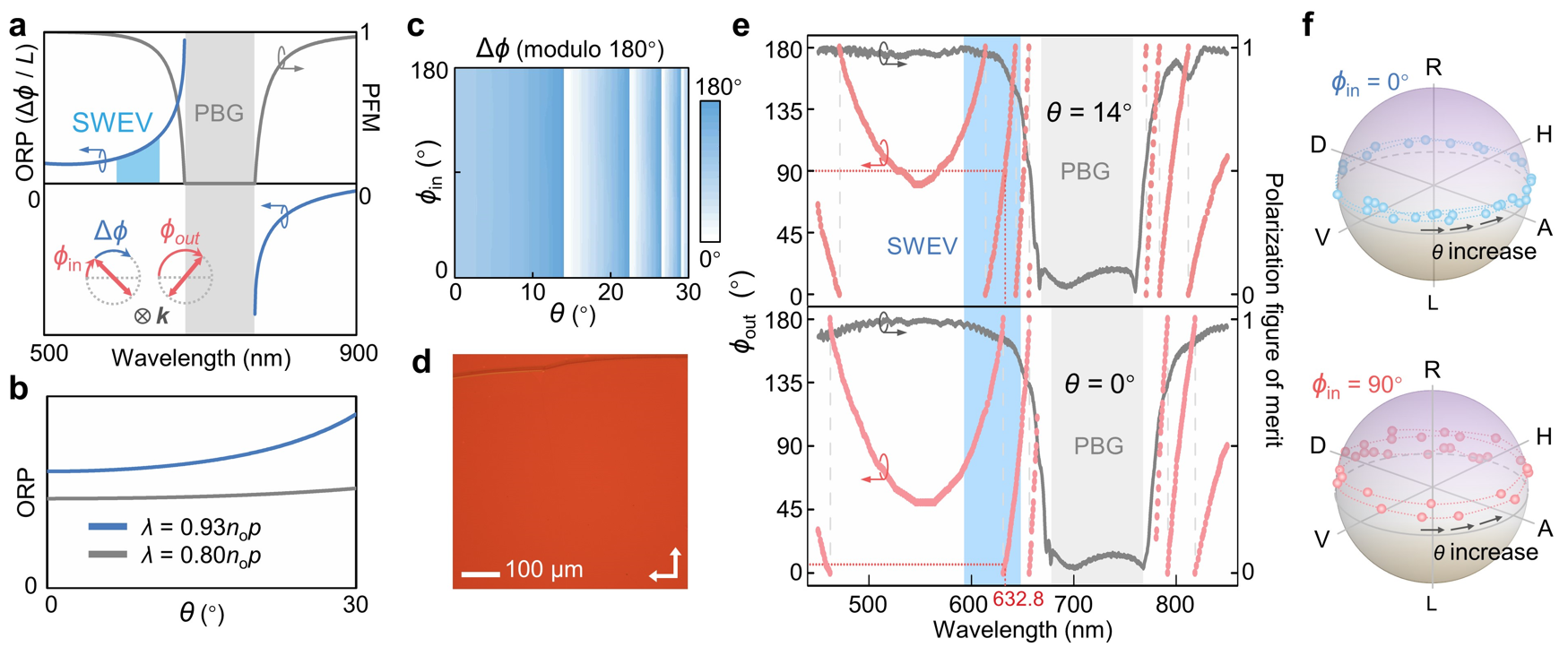
Fig.2 a) Dispersion in optical rotatory power at normal incidence. b) Dependence of optical rotatory power on incident angle. c) Polarization rotation angle as a function of incident polarization and incident angle. d) Cross-polarized reflective micrograph of the CLC device. e) Spectrally resolved output polarization. f) Stokes trajectory of the output state on the Poincaré sphere.
The radially polarized VB is chosen as the input non-separable state to verify the logical rotation gate. As displayed in Fig. 3, by setting the incident angle as 14.0°, 15.5°, 17.0°, and 19.1°, the logical rotation angle turns to 0, π/4, π/2, and π, respectively. These implement the classical counterparts of distinguished quantum gates: identity operator, T gate, S gate, and Pauli-Z gate. Notably, when the incident angle reaches 33.0°, the CLC device performs as projection operator, causing spatial separation of the spin components.
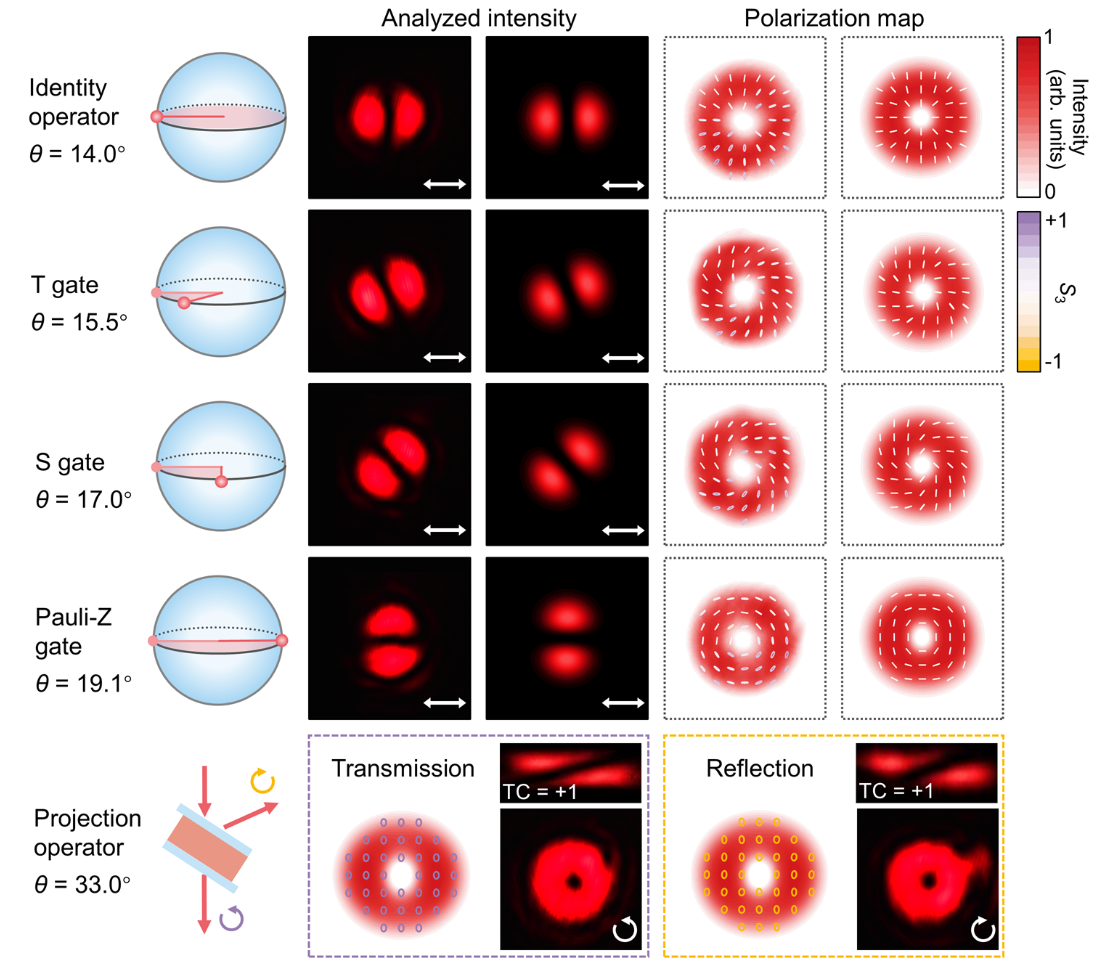
Fig. 3 Logical rotation gate of vectorial non-separable states, which becomes projection operators at sufficiently large incident angle.
The research team further explored two potential applications. One is the angular motion tracking shown in Fig. 4(a), where the rotation of non-separable state can visualize the device tilt angle. This scheme is based on a compact single optical path. The other is the quantum-like logic network of the non-separable states. As shown in Fig. 4(b), multiple DoFs in the structured light can be viewed as a “package”. When the VB propagates through the CLC device, the photonic wave vector DoF serves as the control channel, and the non-separable states between spin and orbital DoFs serve as the target channel, similar to the CNOT gate in quantum system. It is revealed that with some “reverse-controlling unit”, the output state of the former stage needs to be inserted into the control and the input of the successive logical rotation gate, which potentially assembles to a complete logic network. A proof-of-principle experiment was conducted for the simplified case.
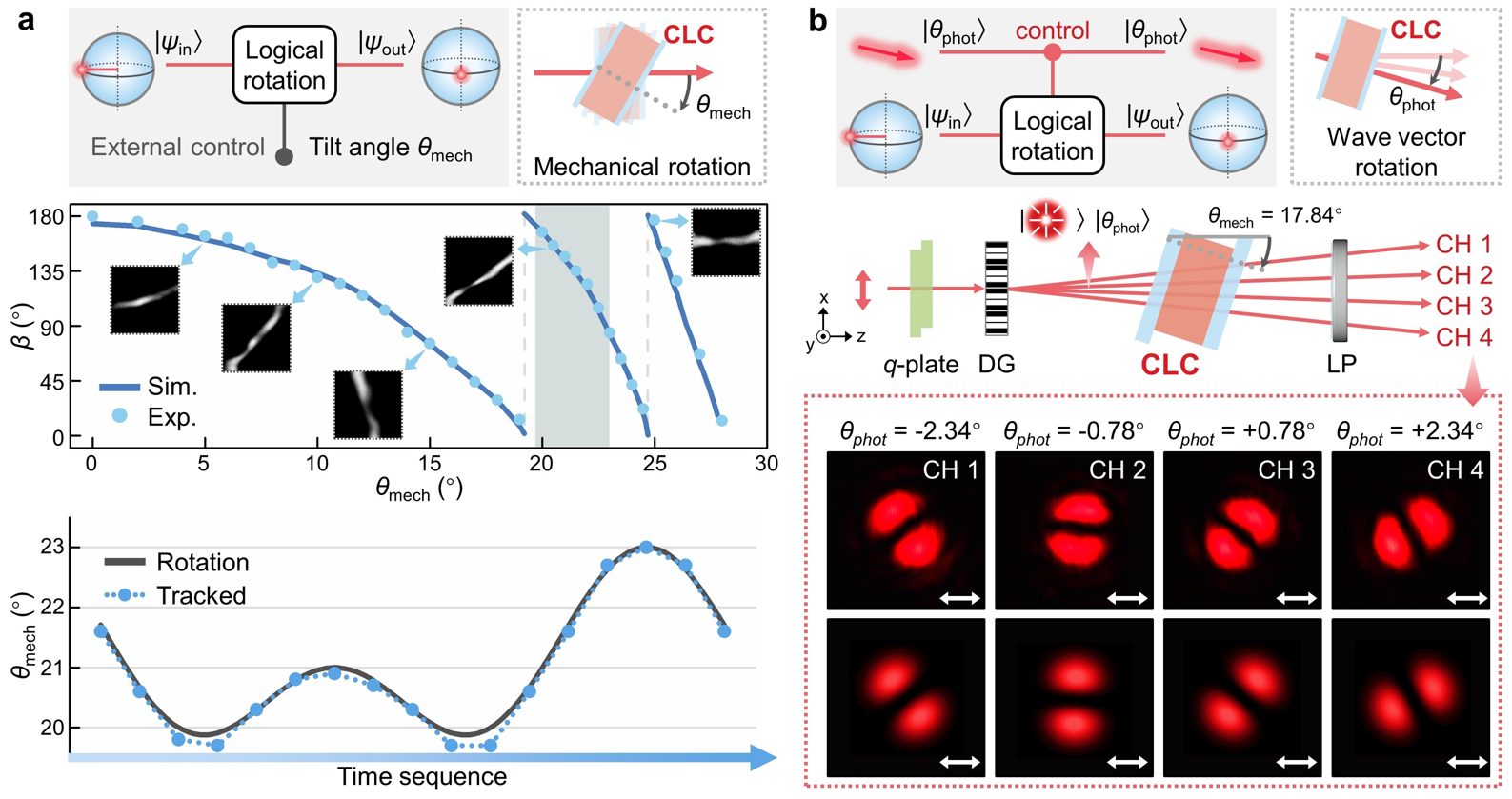
Fig. 4a) Logical rotation controlled by mechanical rotation of the CLC device, applied for angular motion tracking. b) Logical rotation controlled by photonic wave vector, contributing to logical network of non-separable states.
In summary, this work demonstrates the unprecedented logical rotation for vectorial non-separable states via uniform chiral superstructures. The incident angle is unlocked as an extra DoF for dynamic controllability, which averts repetitive re-organization of the internal nanostructures. A simple strategy is provided to manipulate complex vectorial fields with uniform structure, which offers a glimpse into structured photonics free from formidable alignment in the real space. This work provides new ideas and technologies for classical non-separable systems and soft matter photonics.
The first author is a PhD candidate Yi-Heng Zhang from the College of Engineering and Applied Sciences, Nanjing University. Assoc. Prof. Peng Chen and Prof. Yan-Qing Lu are the corresponding authors. Assoc. Prof. Yu Wang, Assoc. Prof. Zhi-Feng Zhang, and Dr. Shi-Jun Ge have provided important advises. Si-Jia Liu, Dong Zhu, and Wen Chen have also made important contribution. This work was financially supported by the National Key R&D Program of China, the Natural Science Foundation of Jiangsu Province, and the National Natural Science Foundation of China.
Article information
Logical rotation of non-separable states via uniformly self-assembled chiral superstructures.
Yi-Heng Zhang, Si-Jia Liu,Peng Chen*, Dong Zhu, Wen Chen, Shi-Jun Ge, Yu Wang, Zhi-Feng Zhang, and Yan-Qing Lu*.
Nature Communications 15, 1108 (2024).
https://www.nature.com/articles/s41467-024-45299-8

